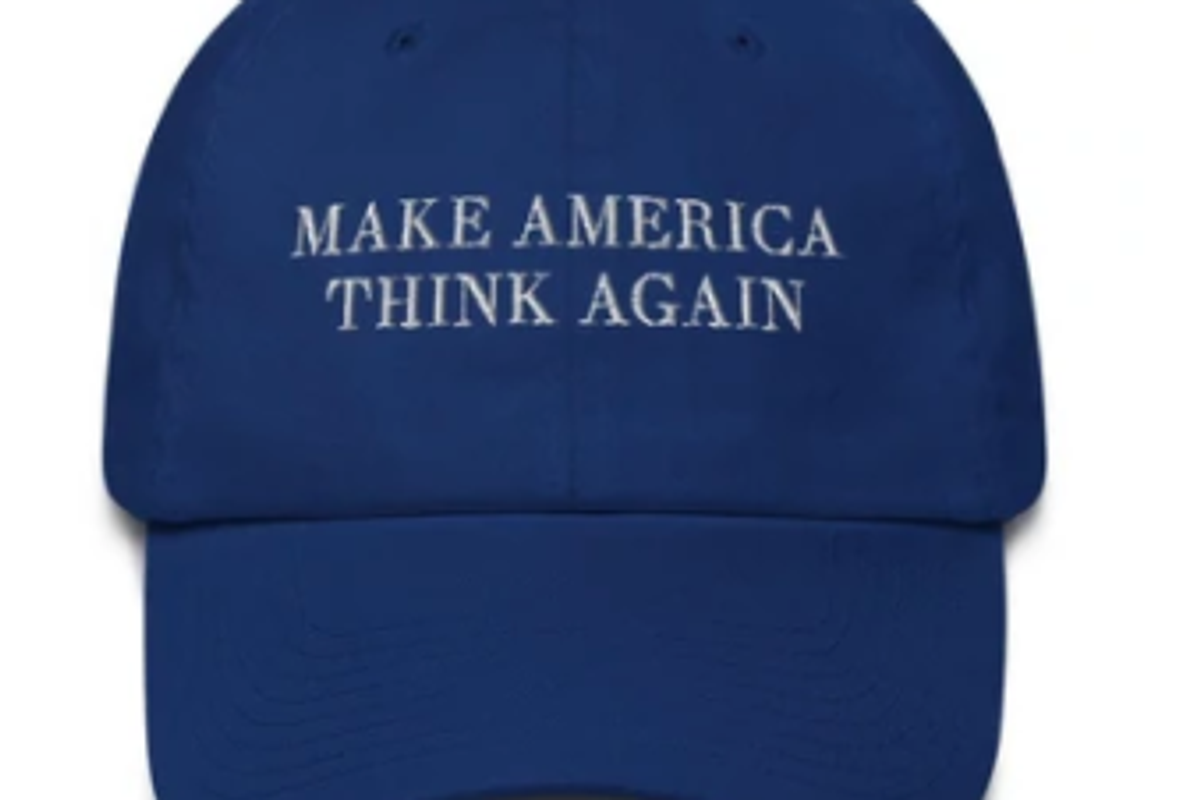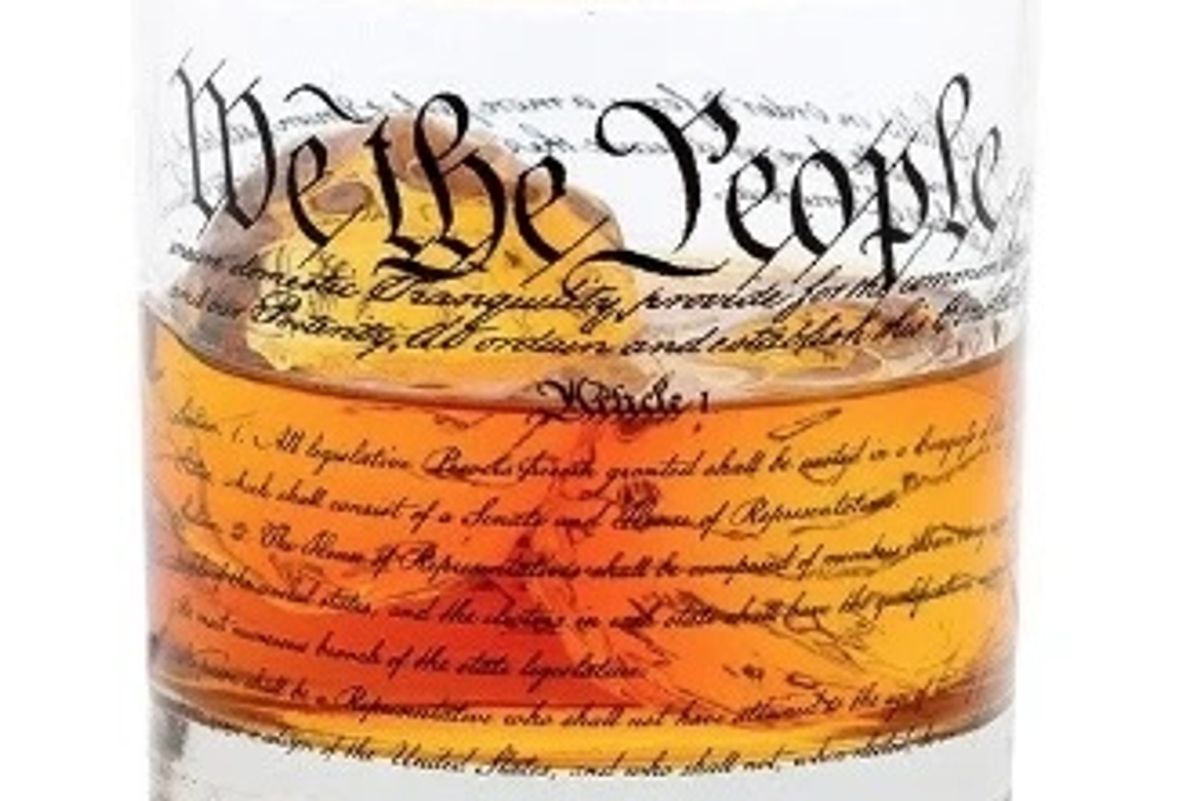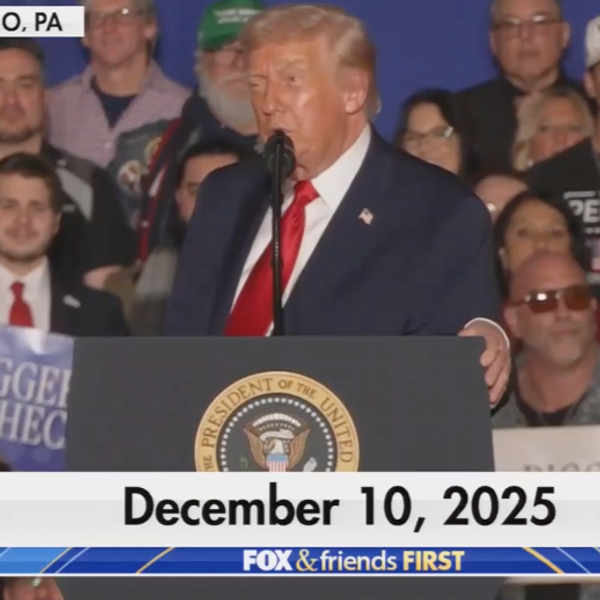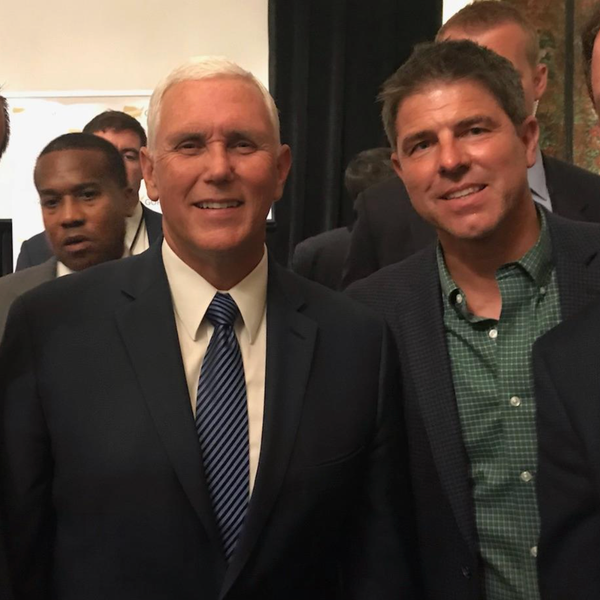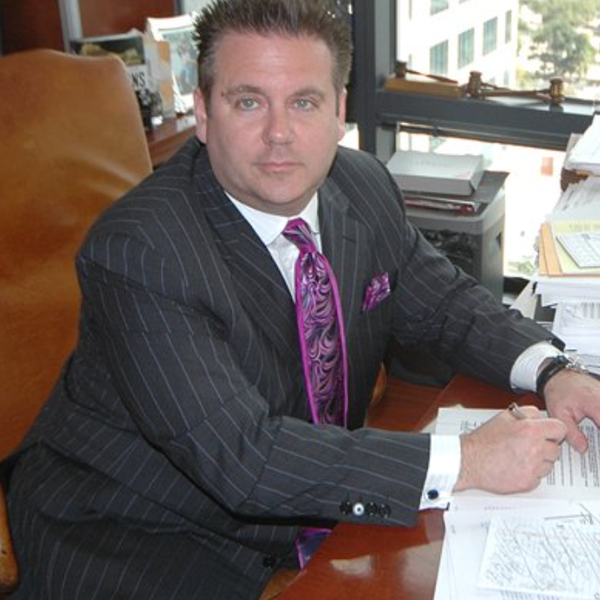
We probably aren’t at the cusp of the next financial crisis, but we can’t be sure, given the pathetic nature of the financial-market “reforms” that are already being curtailed even before taking full effect.
As we enjoy a rare market gift to the masses, the first sub-$3 gasoline in several years, we might want to temper our holiday cheer just a bit. Not because cheaper gas doesn’t help “everyman,” but because the presence of rapid price swings in one market can quickly turn into disaster for all markets.
It’s not that market volatility is in itself contagious. It’s the fact that there’s a hidden part of our financial system that works behind the scenes and takes advantage of opportunities in the market. Even if those opportunities benefit only them, and hurt the rest of us.
Remember how the last crisis went global? And how some said we should blame the banks (liberals cheer) or the bad borrowers (conservatives applaud) or even decades of government policy (libertarians blow their horns)? And everybody blamed subprime mortgage lending?
What few realize is that in September of 2008, actual realized credit losses from subprime mortgage foreclosures was a small fraction of the derivative losses sustained at just one company, AIG, which became synonymous with the word “bailout.” And AIG wasn’t even in the subprime mortgage business.
Before the crisis, AIG was the world’s largest AAA-rated insurance company, with around $200 billion in market capitalization. AIG lost all their shareholders’ capital, and still sucked up nearly $190 billion in cash, government asset purchases and spinoffs. What did an AAA-rated insurance company have to do with mortgages, mortgage bonds or investing in mortgage bonds? Actually, nothing. Instead, AIGs connection to the mortgage crisis was a special kind of bond insurance. It wasn’t regulated as insurance. In fact, it wasn’t regulated at all.
That insurance, called Credit Default Swaps (CDS), rightly has been addressed in the new regulations that implement the Dodd-Frank financial reforms. Delay and “pushback” on those regulations has already defanged them, but the anti-regulation crowd isn’t done yet.
Last year, the House passed a bill (designated HR-4413) to take care of the regulation problem. Ironically titled “Customer Protection and End User Relief Act,” it made sure that anyone wanting to take speculative positions large enough to bankrupt any bank on Earth could do so without the irritating presence of examiners or capital regulations. All that was required was the assurance that they were “hedging their portfolios.”
Or they could escape scrutiny by being “end users.” When the regulations were first drafted, end users were defined as companies with less than $100 million in derivatives on their books. Above the limit would define a dealer. That limit was temporarily raised to $8 billion to give smaller banks or investment firms a chance to put systems in place. HR-4413 would make that limit permanent. The workaround for derivatives dealers in end users’ clothing couldn’t be simpler: Just put $7.9 billion in CDS bets in a number of separate companies.
What does this all have to do with cheap gas in your tank? A lot. Because the same CDS bets that nearly brought down the global economy once aren’t limited to mortgage bonds. If you’re one of the group that gambles with everyone’s future, you can do it in any sector. Like energy company bonds.
There isn’t any way to tell how big the CDS bets are in energy right now. The “reforms” have ensured that. The best we can do is look at the Office of the Comptroller of the Currency (OCC) report on derivatives after each quarter end, and find out that, as of the end of Q2, 2014, there were approximately $2.77 trillion of below-investment grade (junk) CDS outstanding in the American part of the global banking system. Almost all of it was on the books of the five largest taxpayer-insured banks.
To be fair, those banks do the best they can to pair off their CDS exposure, finding bullish investors to offset the bearish bets. Unfortunately, even the best hedges are never a perfect match. The “matched books” the banks run depend on both the bulls and the bears having enough money to pay when the time comes.
Let’s hope that time doesn’t come anytime soon. We’re still recovering from the last crisis.
Howard Hill is a former investment banker who created a number of groundbreaking deal structures and analytic techniques on Wall Street, and later helped manage a $100 billion portfolio. His book Finance Monsters was recently published.
Photo: Mike Peel via Wikimedia Commons



